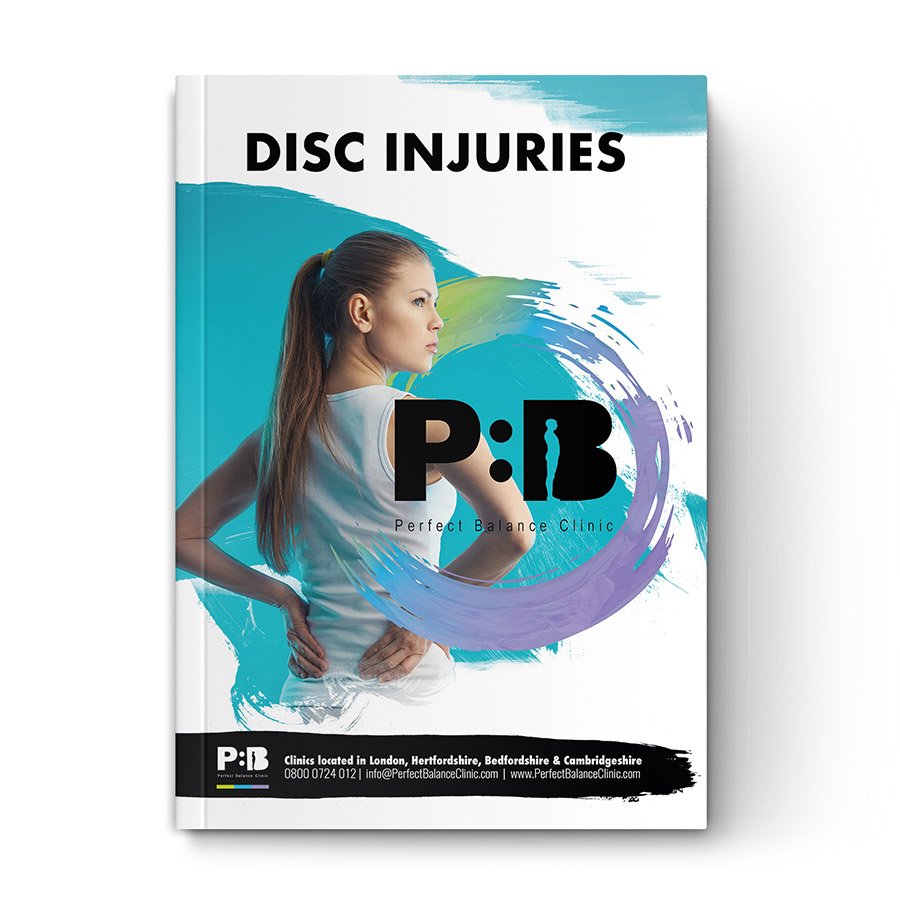Description
Intervertebral discs are a very important structure in the human body. Their main roles are to absorb shock and to allow movement in the spine in various motions i.e. flexion (bending forwards), extension (bending backwards), side bend, and rotation. Of the 23 discs in total, there are five discs in the lower back (lumbar region) that are prone to ‘slips’, more so than those of the cervical (top) and thoracic (middle) regions of the spine.
In this ebook you will learn about;
- What the symptoms of a disc injury are
- Things that can cause a disc injury
- Aggravating factors of a disc prolapse
- How to decrease your chances of a Disc Injury getting worse
- General tips to help maintain a healthy back
- What you can do at-home to help yourself
Make sure you download your free ebook now.






